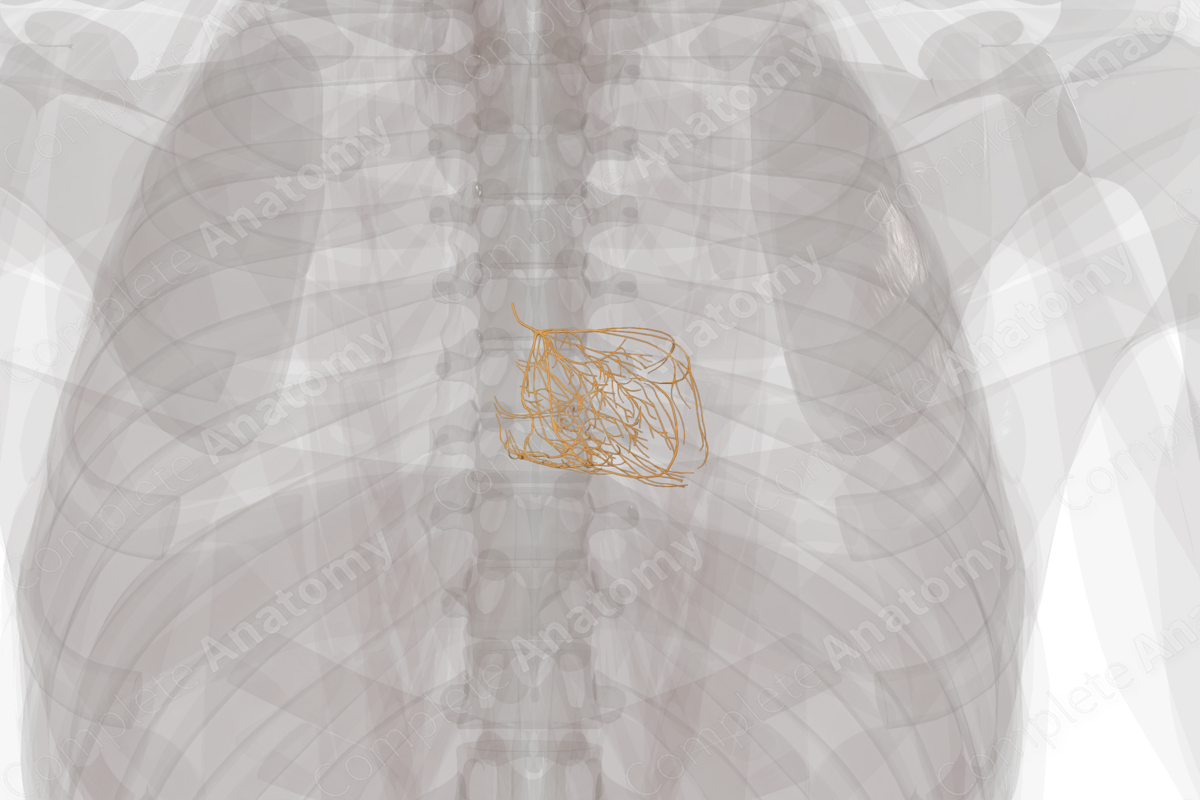
Description
The atrioventricular bundle (AV bundle or bundle of His) is a tract of fibers that extends inferiorly from the AV node at the base of the right atrium. It extends from the AV node a short distance into the interventricular septum. Shortly after passing into the interventricular septum, the bundle of His splits into the right and left AV bundle branches.
The AV bundle is a group of highly specialized cardiac muscle fibers that depolarize and produce action potentials. These electrical impulses are generated automatically in a rhythmic fashion, occurring roughly 20 times per minute. Descending input from the SA and AV nodes, however, override this inherent rhythm and cause depolarization that is typically in the range of 60–100 beats per minute. Like most of the cells of the cardiac conduction system, and unlike typical myocardial cells, the cells of the AV bundle have few myofibers and are only weakly contractile.
The AV bundle receives input from the AV node. The AV bundle forms the only path for the depolarizing action potential to pass through the fibrous central body that electrically separates the atria from the ventricles. In this way, earlier acting atrial contractions do not prematurely trigger ventricular contractions as the ventricles must wait until the descending depolarization passes through the AV bundle and into the ventricles (Katz, 2010; Anderson et al., 2009).
References
Anderson, R. H., Yanni, J., Boyett, M. R., Chandler, N. J. and Dobrzynski, H. (2009) 'The anatomy of the cardiac conduction system', Clin Anat, 22(1), pp. 99-113.
Katz, A. M. (2010) Physiology of the Heart. M - Medicine Series: Wolters Kluwer Health/Lippincott Williams & Wilkins Health.




